PART 3 ? Malaya & Borneo
LTCOL Thomson, MC was CO during the confrontation in Malaya and Borneo. He was relieved by LTCOL East for the units remaining time in Malaya.
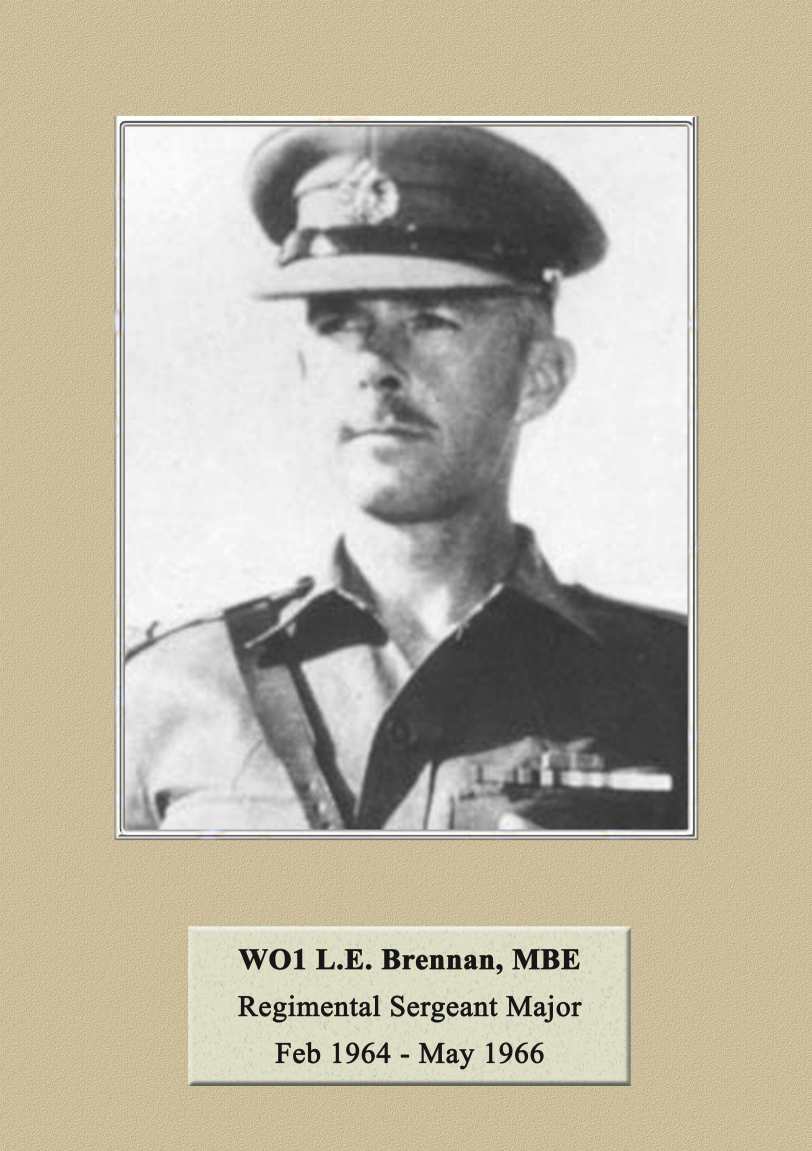
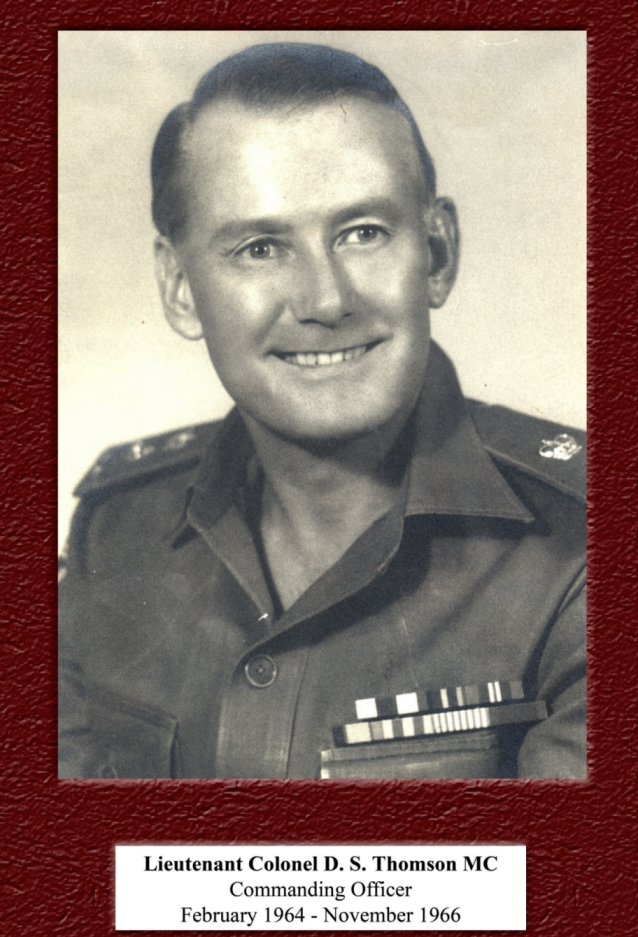
WO1 Brennan was RSM during the Malaya period and was relieved by WO1 J. Clarke in
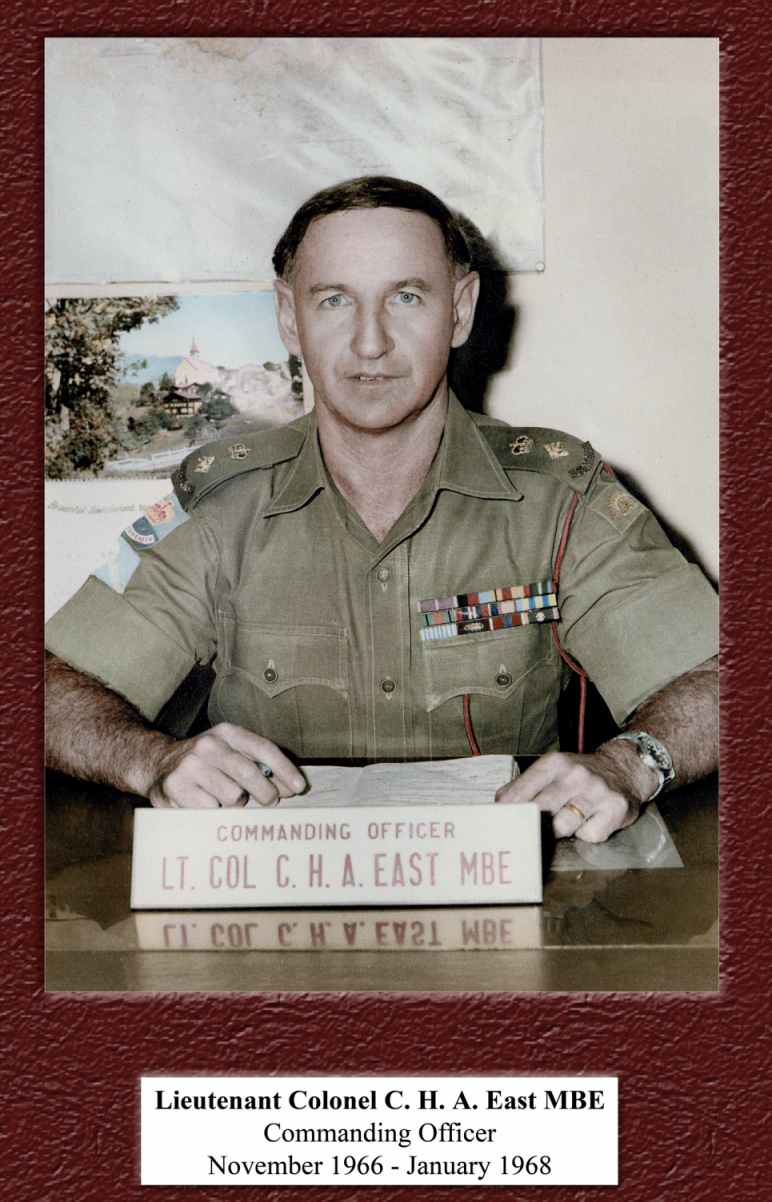

WO1 Jim Clarke
28th Commonwealth Infantry Brigade Group
In October 1965, 4 RAR relieved 3 RAR as the Australian infantry battalion in the 28th Commonwealth Infantry Brigade Group located at Terendak Barracks in Malacca, West Malaysia. The other two infantry battalions in the Brigade were the 1st Battalion, Scots Guards and the 1st Battalion, Royal New Zealand Infantry Regiment. The various combat support and administrative units of the Brigade were all integrated units with Australian, British and New Zealand personnel.
The 28th Commonwealth Brigade was the main Army component of the British Far East Strategic Reserve. It was an air portable formation whose main function was to deploy to Thailand if the war in Vietnam War spilled over into Thailand or if China became openly involved in the conflict.
Deployment to Sarawak
Soon after arrival in the 28th Commonwealth Brigade, 4 RAR was warned for deployment to Borneo where Indonesia was conducting regular cross-border raids as part of its ?Confrontation? activities. Training intensified while at the same time the Battalion remained alert to counter any Indonesian incursions across the Malacca Strait from Sumatra into West Malaysia. 3 RAR had previously been deployed to the Muir River area south of Malacca (this was the place of a large battle by Australians against the Japanese during the Second World War) and had captured 59 of the 60 Indonesians that landed there. The remaining soldier gave up some time later.
The Battalion deployed to Borneo in April 1966 and occupied positions in the Bau District which covered the main Indonesian invasion route towards Kuching, the capital of Sarawak. 4 RAR was responsible for about 60 kilometres of the border with Indonesia. Three rifle companies were deployed forward in company forts near the border with Indonesia and one rifle company was held in reserve near Battalion Headquarters located near the town of Bau.
There were a number of contacts during the time in Sarawak with two significant contacts with Indonesian raiding parties during that time. The country was extremely rugged mountainous jungle or swamp and operations demanded a high standard of Infantry patrolling and provided excellent operational experience for the subsequent tour of Vietnam in 1968-69. Documents captured by C Company in a contact in June 1966 with an Indonesian Special Forces infiltration group proved of great importance to operations in Sarawak and to the political manoeuvring during the closing stages of the Indonesian Confrontation.
The highlight for the rifle platoons were the ?Top Secret? CLARET patrols that were mounted across the border into Indonesian territory. These cross border CLARET patrols allowed the British forces to take and retain the initiative by keeping the Indonesians off balance, striking in pre-emptive raids at their base camps and lines of communication and retaliating if the Indonesians launched a raid into Malaysia. Essentially, British security forces ?sanitised? a strip of land on the Indonesian side of the border.
The CLARET Operations
The incursions into mainland Malaysia in the latter half of 1964 brought Indonesia and Malaysia (with its British and Australian allies) close to war, and in September some British planners talking of conducting sea and air strikes against Indonesian bases instead. Major General Walker (British Commander ? Director of Operations Borneo)(DOBOPS)) was authorised to conduct operations up to 5000 yards (4570 metres) across the Indonesian border. The strictest secrecy was observed and the 'Claret' operations, as they were known, were aimed at ambushing Indonesian troops and supply parties as they moved towards the border. By the end of the year Walker had eighteen British battalions (including eight Ghurkha and two Royal Marine Commandos) and three Malay battalions in Borneo. Also at the end of the year he was given permission to extend his operations up to 10 000 yards (9140 metres) across the border. At one stage of the operations 4 RAR had under command three (3) Rifle Companies of 2/7th Ghurkha Rifles. June, July 1966 was very busy with Operation Double Cross, which was to counter Indonesian incursions into our area of operations in Sarawak.
The 'Golden Rules' for Claret operations were as follows:
v Every operation to be authorised by DOBOPS [Walker].
v Only trained and tested troops to be used.
v Depth of penetration to be limited and the attacks must only be made to thwart offensive action by the enemy.
v No operation which required close air support except in an extreme emergency must be undertaken.
v Every operation must be planned with the aid of a sand-table and thoroughly rehearsed for at least two weeks.
v Each operation to be planned and executed with maximum security.
v Every man taking part must be sworn to secrecy, full cover plans must be made and the operation to be given code-names and never discussed in detail on telephone or radio.
v Identity discs must be left behind before departure and no traces-such as cartridge cases, paper, ration packs, etc-must be left in Kalimantan.
v On no account must any soldier taking part be captured by the enemy alive or dead.
v Every soldier carried ten (10) days rations and there was no resupply or casualty evacuation (by helicopter). Any casualties would have to be carried out back over the border. The country was very hilly and mountainous.
These rules were later eased, but the operations always retained a high level of
secrecy. The Claret Operations remained Secret for thirty (30) years and
no member of the unit ever talked about it until the ban was lifted. There were
thirteen (13) Claret operations.
In June and July there were major incursions into Sarawak by Indonesian Special Forces (the RPKAD). These were particularly good soldiers and some would have been trained under the Dutch Commandos when Indonesia was the Dutch East Indies.
In early September 1966 a political settlement was reached between Malaysia and Indonesia and 4 RAR was withdrawn back to its base at Terendak. Here the Battalion concentrated on its conventional warfare role as part of the 28th Commonwealth Brigade.
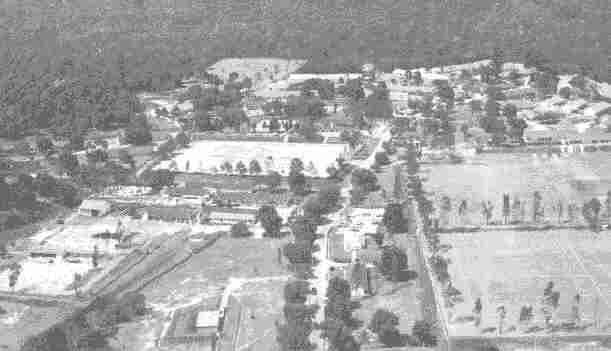
Canberra Lines, Terendak Camp, part of 28th Commonwealth Infantry Brigade Group
In November 1966, Lt Col D.S. Thomson MC was replaced by Lt Col Colin East MBE as the Commanding Officer. At the same time 4 RAR was warned that it would be deployed to South Vietnam in mid 1968.
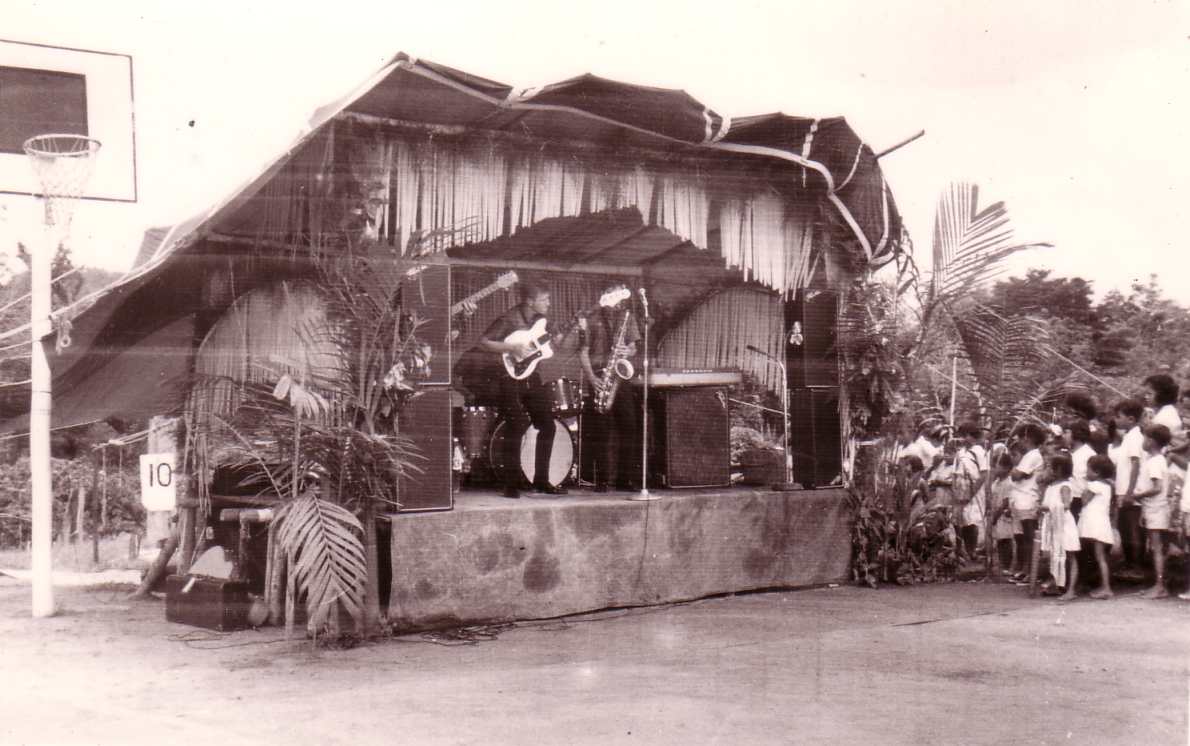
Col Joye show held in various locations around Borneo 1966 to raise moral
Tracker Dogs
Tracker dogs were used extensively during the Borneo conflict and 4 RAR utilised four dogs during that time. Their names were: Gunnar, Rank, Simba and Toddy.
For those interested in reading about the early days of 4 RAR, I recommend Brian Avery?s book ?Our Secret War: Defending Malaysia Against Indonesian Confrontation, 1965-67 by Lt Col Brian Avery?.
Return to Australia
Awards (Click here to see Full Details)
Mentioned in Dispatches
MAJOR JOHN McGHEE - OC C Coy
LT/COL D THOMSON - CO
Nominal Rolls of those who served During Borneo, Malaysia 1964-1966